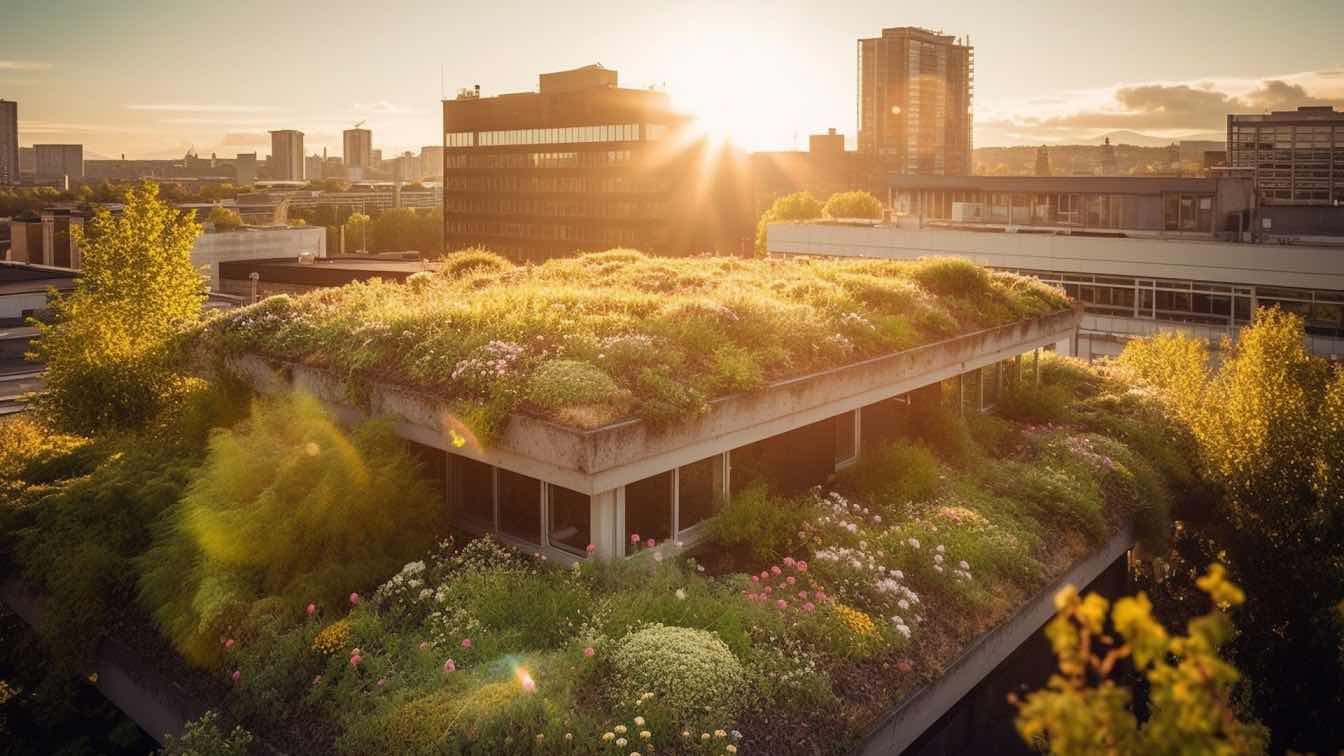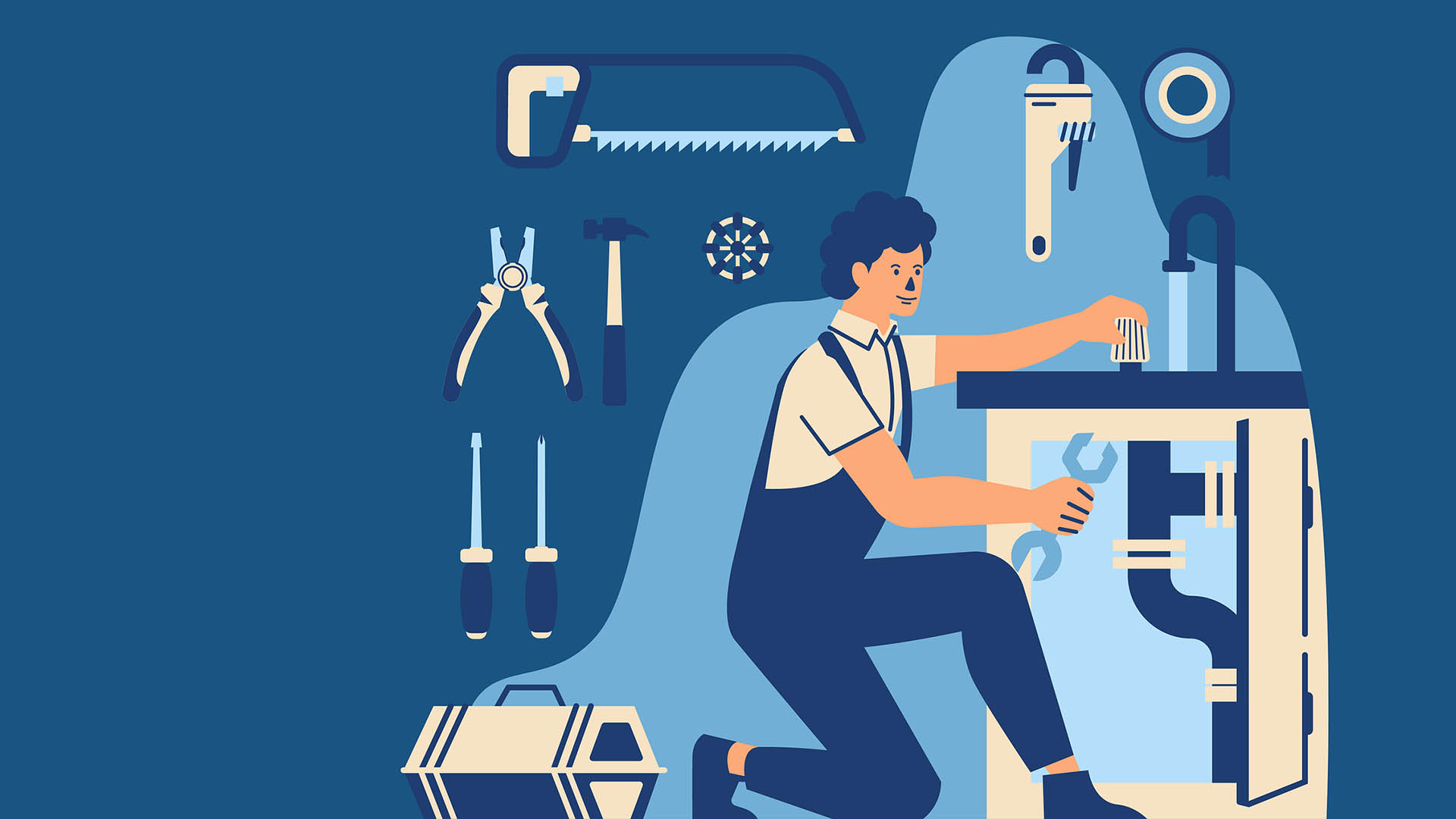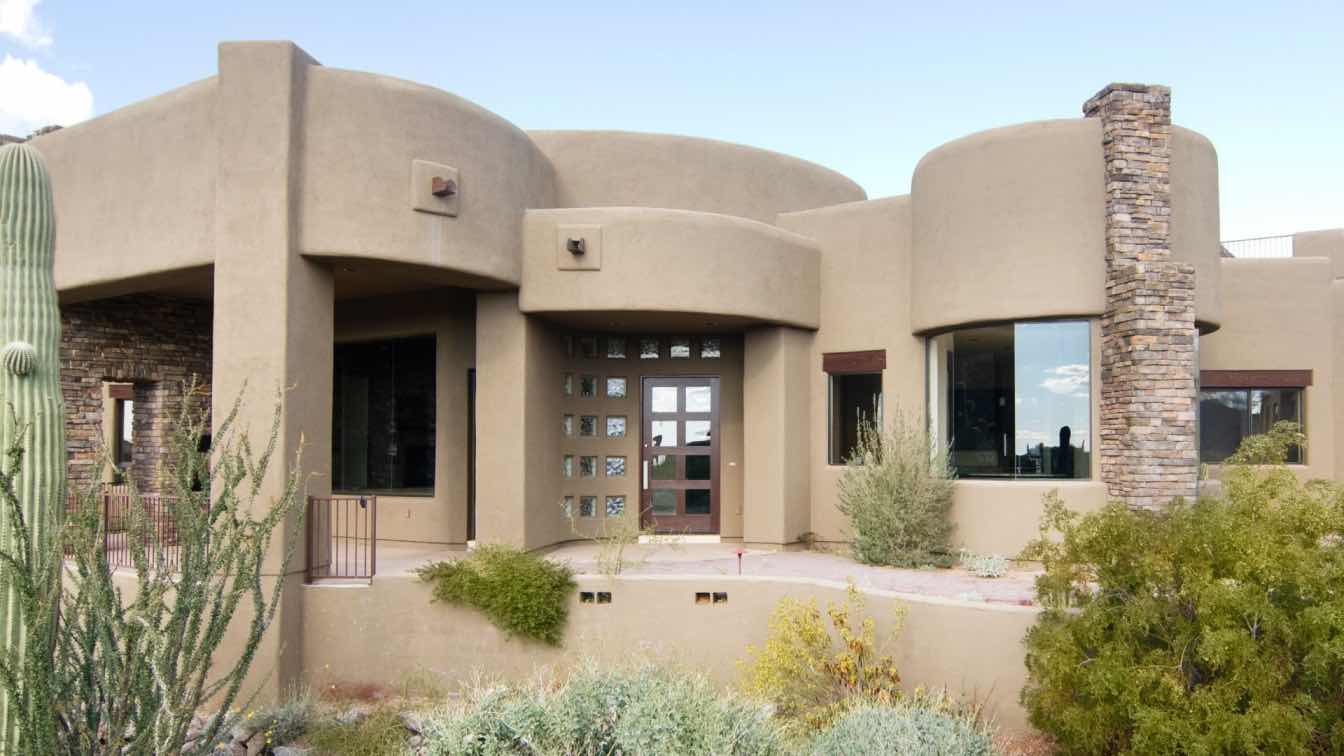Define 3D rendering visualization and its purpose
3D visualizations are an art form. It is an opportunity. It is progress. Thanks to 3D rendering, specialists transform three-dimensional digital models into realistic two-dimensional still images or animations.
What does it take? Professionalism, experience, and special software. Professionals in the 3D visualization studio create amazing things using their internal and external resources. Photorealistic images of objects can be created in such detail that they include the creation of textures, lighting, shadows, and the smallest aspects.
Why communication is important for design
One of the important vectors that need to be developed when working with a 3D visualization studio is mutual understanding.
Effective communication is essential for successful 3D exterior and interior design projects.
By finding a common language between all participants in the process, including the end client, you will be impressed with the result.
The benefits of truly high-quality communication include understanding the product design intent, effective collaboration, and customer satisfaction. It is also important to optimize decision-making, increase efficiency, and support marketing efforts.
The human factor is crucial in any field, but today we're going to look at how 3-D visualization can help you communicate your architectural design ideas effectively and clearly.
3D rendering visualization can help you convey the details and dimensions of your design
Examples of how 3D rendering visualization can show the scale, proportion, texture, color, and lighting of your design
Use 3D visualization to showcase as many aspects of your design as possible.
Scale and proportions. 3D visualization accurately reflects the size and spatial relationships between different elements. By including human figures, furniture, or other recognizable objects, viewers can easily understand the scale and proportions of the space.
Texture. 3D rendering allows designers to apply hyper realistic textures to surfaces in a project, such as walls, floors, and furniture. These textures convey the feel and look of different materials such as brick, wood, concrete, or fabric.
Color. 3D visualizations may display accurate color reproduction, showing how different colors interact and complement each other in a design.
Lighting. 3D rendering can simulate natural and artificial lighting conditions, allowing designers to demonstrate how a space will look under different lighting scenarios.
How this can help your audience understand and appreciate your design better
When thinking about the benefits that a 3D visualization studio provides to your clients, the first thing we think of is the client's imagination. It helps to imagine interior visuals.
It also helps to understand the tactile quality of the space and how different materials affect the overall atmosphere.
Do not forget about understanding the impact of color choice on the overall mood and aesthetics of the space.
The last point is to understand the role of lighting in space, for example, how it emphasizes certain features or creates a certain mood.
3D rendering visualization can help you illustrate the functionality and usability of your design
 Wave House by Miroslav Naskov / Mind Design
Wave House by Miroslav Naskov / Mind Design
Examples of how 3D rendering visualization can show the movement, interaction, and performance of your design
Consider the following aspects of 3D rendering efficiency:
Movement. Designers demonstrate how pedestrian flow moves in a public space or how traffic flows in a parking lot.
Interaction. Professionals in 3D visualization studios have the opportunity to show how office workers use a shared workspace, or how customers interact with products and displays in retail.
Productivity. 3D rendering can help demonstrate the performance characteristics of a design, such as energy efficiency, structural integrity, or acoustics. Designers use simulations and visualizations to show how a building's design performs under different conditions, such as extreme weather conditions or heavy loads.
How this can help your audience see the benefits and value of your design
Your audience can see the benefits in several ways. The first is improved understanding. It becomes easier for your audience to understand the benefits and advantages of your design, making it more likely to be approved and adopted.
This makes the project approval process easier because stakeholders can see the practical benefits and value of your design, reducing uncertainties and doubts.
The next step is to optimize the design. Visualizing these aspects of your images allows you to identify potential problems or areas for improvement, helping you to refine and optimize your design. This, in turn, can increase the overall value and effectiveness of your design, leading to greater satisfaction from your customers and end users.
The next point is effective communication. 3D visualization bridges the gap between technical jargon and layman's understanding, making it easier for your audience to grasp complex concepts. This improved communication can lead to better collaboration and more productive discussions, ultimately resulting in meeting or exceeding expectations.
Let's move on and consider the emotional connection. High-quality 3D rendering can evoke emotion and create a sense of realism, allowing your audience to feel connected to your design. This emotional connection may increase the perceived value of your design, leading to greater engagement and support from stakeholders and customers.
And finally, let's mention marketing. By showcasing the benefits and value through 3D visualization, you create compelling marketing materials that may be used to generate interest and engage potential customers, investors, or end users. This can ultimately lead to increased business opportunities and a more successful project visualization outcome.
3D rendering visualization can help you express the mood and emotion of your design
Examples of how 3D rendering visualization can show the atmosphere, style, and tone of your design
Atmosphere and style are extremely important, especially in architectural rendering, as they create the first overall impression.
By accurately simulating natural and artificial lighting in 3D renderings, you can create the mood and atmosphere of your design. Different lighting conditions, intensity, and color temperatures convey a whole range of emotions and create the right tone, from warm and cozy to cold and sophisticated.
3D architectural visualization allows you to demonstrate the textures, colors, and finishes of the materials used in your design.
Integrating landscaping and the environment into your 3D visualization creates context and further enhances the atmosphere of your design.
By choosing the right camera angles and composition, you may emphasize the most important aspects and create a more engaging and immersive experience for your audience.
Applying post-processing techniques and visual effects to your 3D architectural rendering can enhance the overall atmosphere, style, and tone of your design.
How this can help your audience feel the impact and intention of your design
Among all the advantages, a good atmosphere and style help you, as a professional, to convey your ideas as clearly as possible. For example, these options help to convey the style of a space - rustic, modern, minimalist, or industrial. Accurately representing materials can also give your audience a better understanding of the tactile qualities and aesthetics of your design.
By choosing the right objects and arrangement, you may create a harmonious and cohesive space that reflects the intended vision.
Speaking of landscaping, lush gardens, water features, or cityscapes can convey different moods and tones, making your result more relatable and appealing to your audience.
Adjusting the color gradation, adding depth of field, or incorporating atmospheric elements such as fog or rain may create a more expressive and memorable visual representation of your project.
By using 3D architectural visualization to convey the atmosphere, style, and tone of your project, you can create a more engaging and immersive experience for your audience, helping them to better understand and appreciate your vision.
Conclusion
The use of visualization services in 3D visualization studios, as well as for individual exterior and interior designers, is a step forward. High-quality and effective communication significantly improves the understanding and perception of concepts.
By following the tips we have given above, you will be able to effectively use 3D rendering to communicate your concepts, engage your audience, and create a more successful and collaborative process. Virtual reality is a very immersive experience for clients and can bring almost any creative solution to life. This is a unique opportunity for 3D visualization studios, individual designers, and many industries in general.
You can have your 3D visualization studio, do exterior or interior design, and be an architect or real estate manager, if you try 3D rendering, you won't regret it. This service opens up new facets of virtual reality in the visualization of your projects. Draw attention to 3D rendering and develop as a professional or develop your business.





